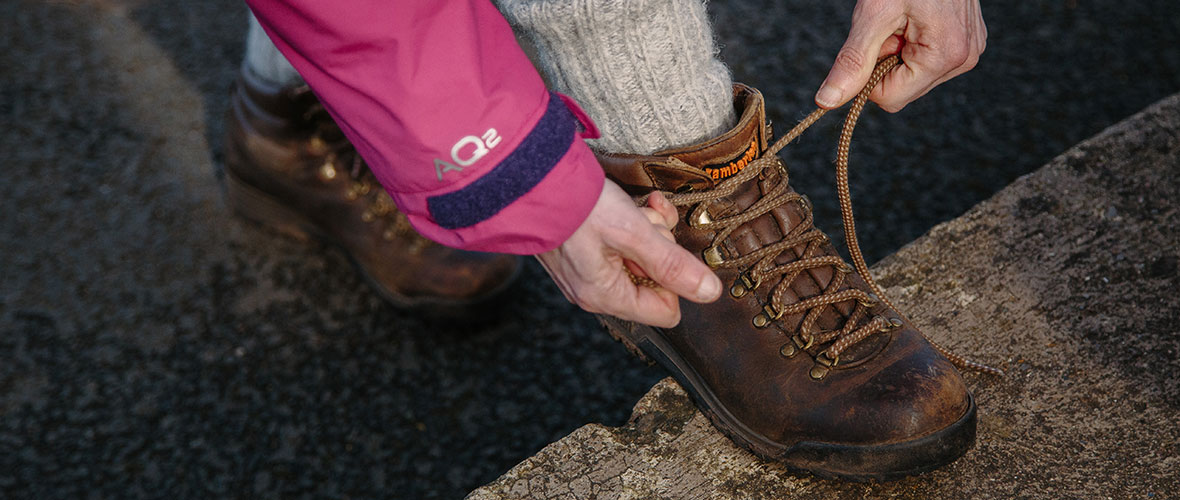Tracking your walking couldn't be easier. The most popular way to track your walking is through a tracking app on your smartphone. They can record your distance, the amount of steps taken and even your elevation whilst walking. You can also use a pedometer or wrist fitness band, which tracks your steps and most will work out the distance walked as well.
Don't worry if you don't want to use a walking app or pedometer, jotting down your miles on paper will work just fine if you prefer.

Smart Phone Apps
You can use apps such as MapMyWalk, OS Maps or Strava to track your walking activity on your smartphone. Download an app, turn your GPS on and get walking. It will do the recording for you.
Using a Pedometer
Some pedometer brands like Fitbit will provide step counts and distance walked on the pedometer but they also give you lots more stats on their smartphone/tablet apps.
If your pedometer doesn't show you the distance you've walked, it is handy to know that the average person takes between 2,000 and 2,500 walking steps per mile. Roughly, the taller you are the fewer steps you'll take.
If you find that your pedometer is showing you've gone further than you have, you may have to adjust the settings as your stride length isn't correct on it. If you have a Fitbit, you can go to their online section for additional help.
Goal Setting
If walking 26.2 miles sounds like a daunting task, even over the space of two weeks, why not try breaking it down into smaller steps per day? Four miles is roughly around 10,000 steps. If you do this every day, you'll have completed your challenge in a week! This means that you only need to take 5,000 steps a day to complete the challenge in two weeks.
Break the bigger goal down into manageable chunks and you'll soon complete that marathon in your own way.
